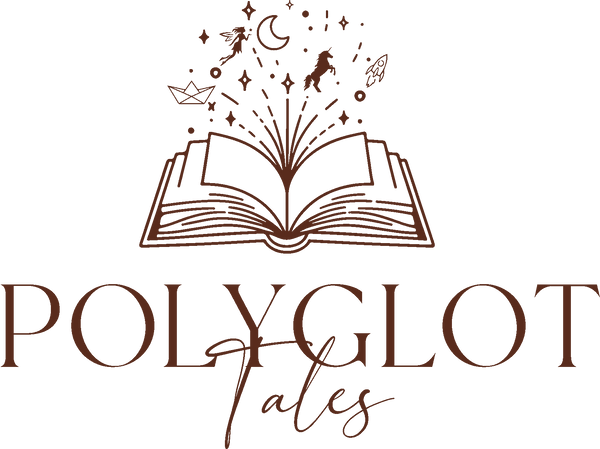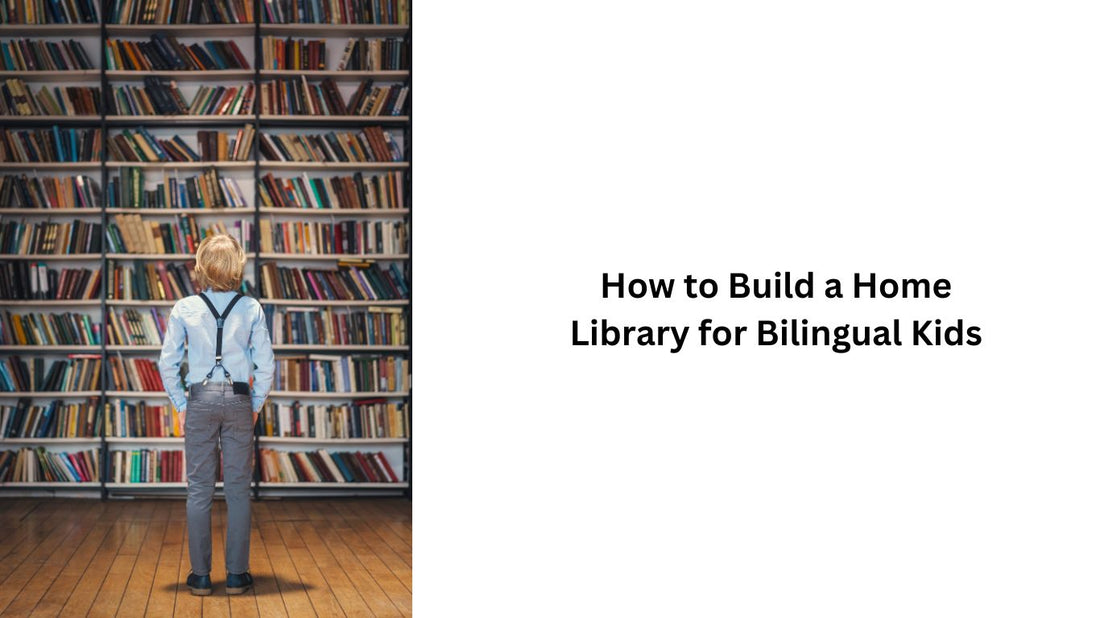Creating a home library for bilingual children is a wonderful way to support their language development and foster a lifelong love of reading. A thoughtfully curated library not only enriches vocabulary but also nurtures cultural connections and storytelling traditions. Here are practical tips to help you build a bilingual library and incorporate it seamlessly into your family's daily life..
1. Start with Your Family’s Languages
Identify the primary languages spoken in your home and choose books that reflect these. For example:
- Heritage Language: Books in this language help preserve cultural roots and traditions.
- Community Language: If your child is growing up in an English-speaking environment, include books in English to support schoolwork and social integration.
Tip: Start small with a few beloved titles in each language to create balance.
2. Choose Culturally Authentic Stories
Look for books that not only teach the language but also immerse children in the culture. Stories with traditional folktales, diverse characters, or settings specific to the language’s region help children connect on a deeper level.
Where to Find Them:
- Local bookstores specializing in foreign languages.
- Online stores like Polyglot Tales that curate culturally authentic titles. Browse our store here
3. Prioritize Quality Over Quantity
A few well-chosen, engaging books are better than a shelf full of unread titles. Look for books with:
- Age-appropriate content: Stories that match your child’s developmental stage.
- Appealing visuals: Colorful illustrations make language learning fun and relatable.
- Bilingual editions: Books with text in both languages are great for beginner readers.
Example: A picture book with text in Spanish and English can help children and parents who are learning together.
4. Incorporate a Variety of Genres
Offer books from a mix of genres to keep your child engaged:
- Board Books: Perfect for toddlers to learn simple words in both languages.
- Fairy Tales and Folktales: Introduce children to cultural storytelling traditions.
- Nonfiction: Books about science, animals, or history can spark curiosity in older kids.
- Poetry and Rhymes: Rhyming books make language rhythm and pronunciation easier to grasp.
5. Make Books Accessible
Organize your home library to encourage independent reading:
- Place books on low, open shelves where children can easily reach them.
- Create a cozy reading nook with comfortable seating, good lighting, and book displays.
Tip: Rotate books regularly to keep the library fresh and exciting.
6. Incorporate Reading Into Daily Life
The key to using your library effectively is consistency. Here are some ideas:
- Bedtime Stories: Read a book in one language each night, alternating between the two languages.
- Morning or Mealtime Reading: Use books with short stories or poems during breakfast or lunch.
- Playtime Integration: Pair books with toys or activities, such as reading about animals before playing with animal figurines.
7. Encourage Family Participation
Bilingual learning is more effective when the whole family gets involved:
- Older Siblings: Encourage them to read to younger siblings in one language while parents use another.
- Grandparents or Relatives: Ask them to read books in their native language during visits or video calls.
8. Supplement with Digital Resources
If you’re unable to find books in a particular language, supplement your library with:
- Audiobooks in the target language.
- E-books or PDFs from online sources.
- Language apps that offer narrated stories.
9. Monitor Progress and Preferences
Pay attention to your child’s preferences and adjust the library accordingly:
- Are they drawn to books with more pictures?
- Do they enjoy bilingual books more than single-language ones?
Use their interests to guide future book purchases.
10. Involve Your Child in the Process
Let your child help choose books for the library. Visit bookstores or browse online together, asking for their input. This builds excitement and ownership over their bilingual journey.
Building a bilingual home library is an investment in your child’s linguistic and cultural development. By choosing high-quality, engaging books and integrating them into your daily routine, you can create an environment where language learning is both natural and fun.
Ready to get started? Check out our curated collection at Polyglot Tales for handpicked multilingual books that your family will love!

